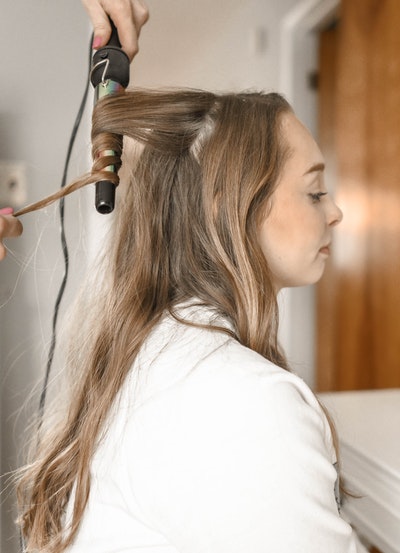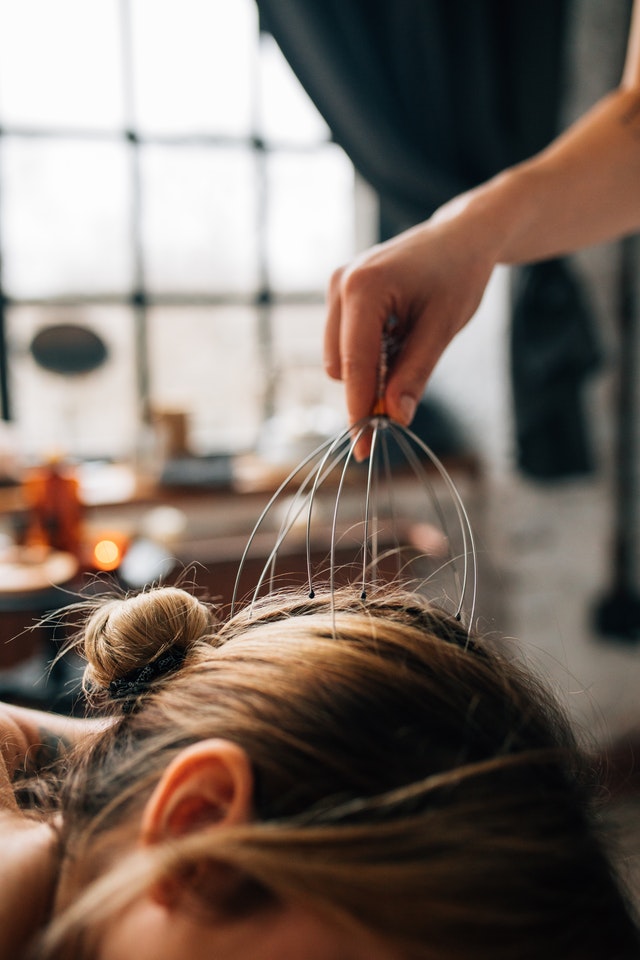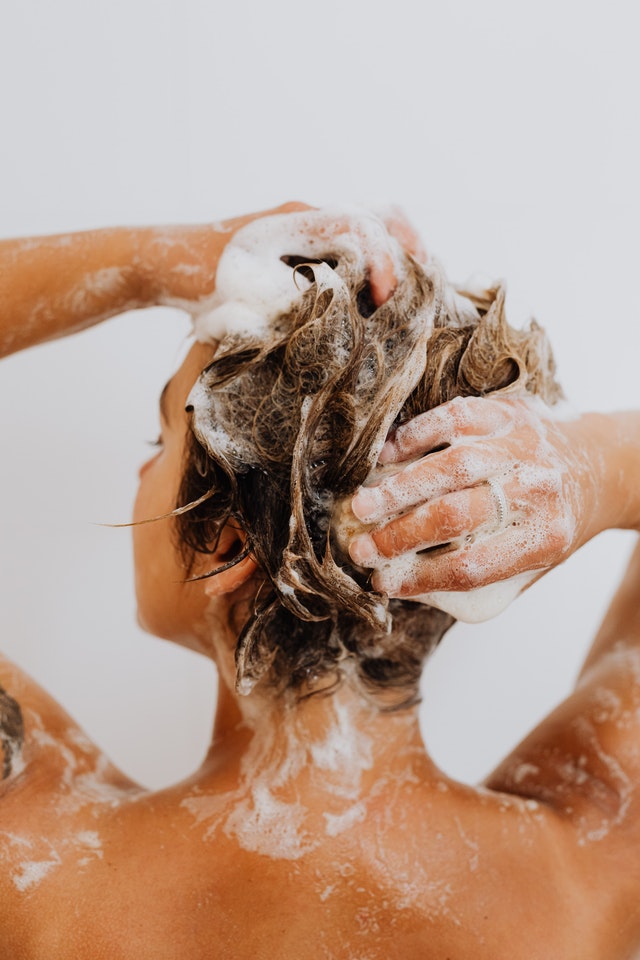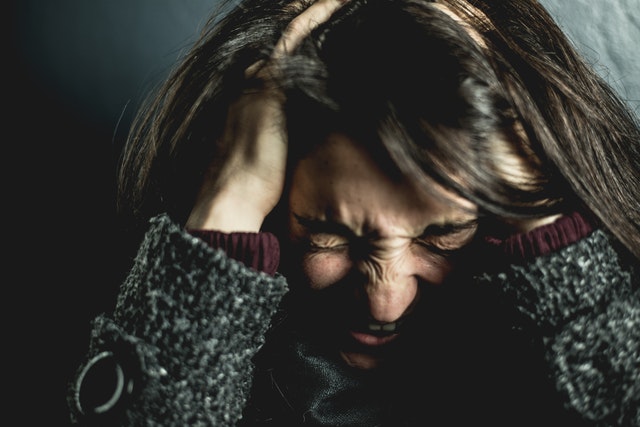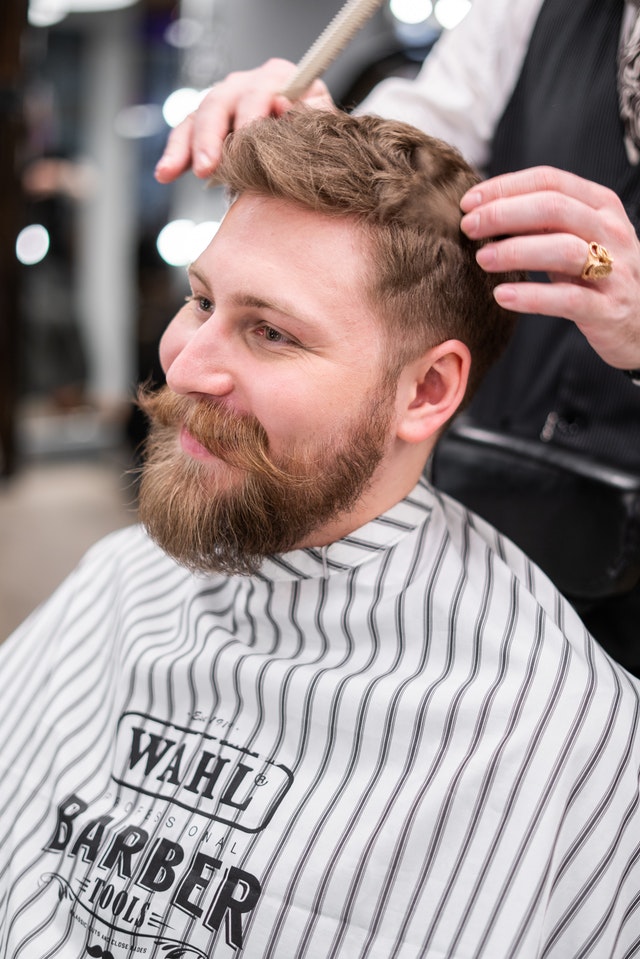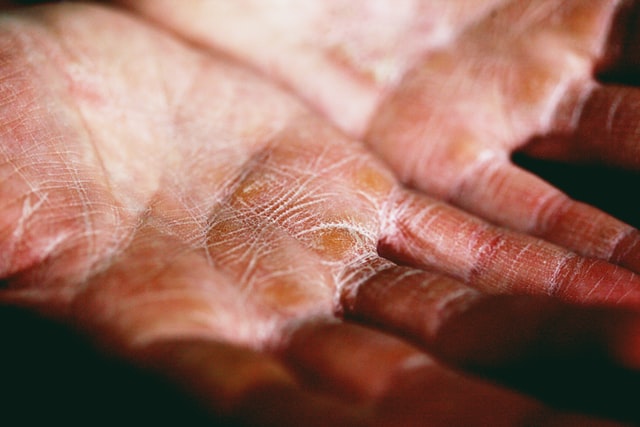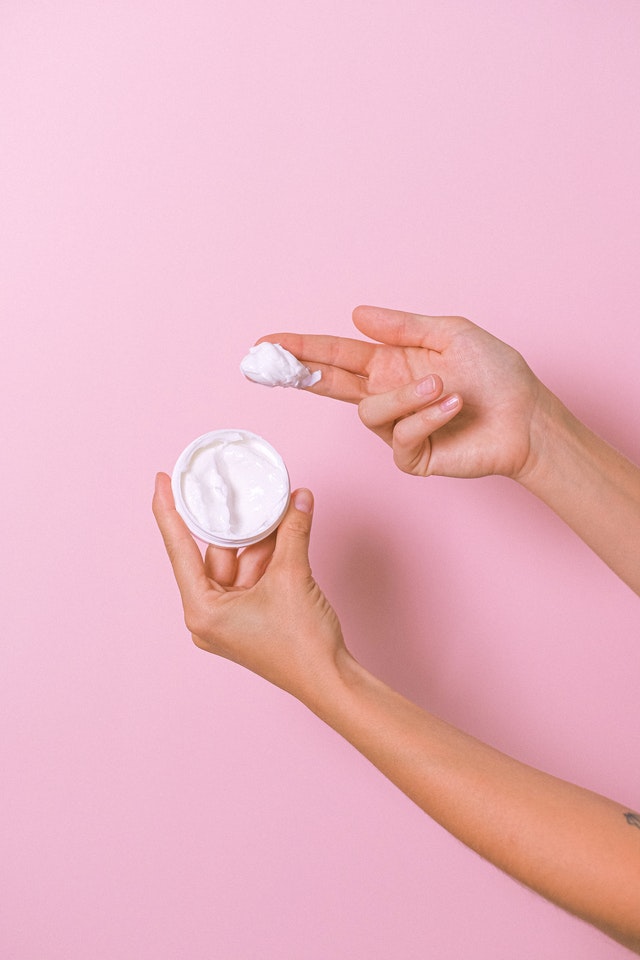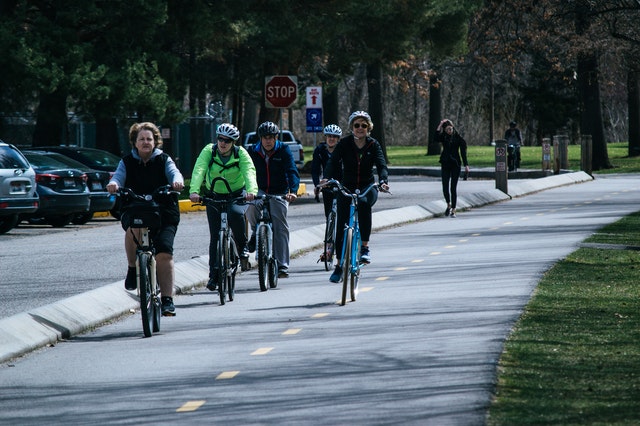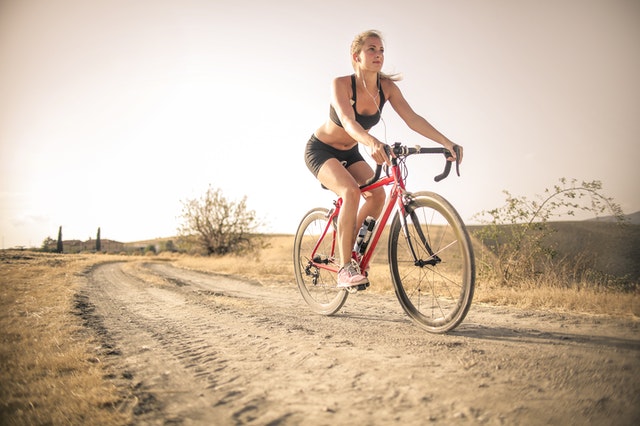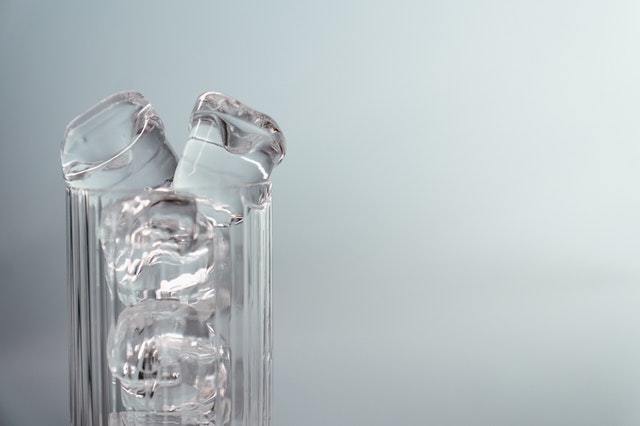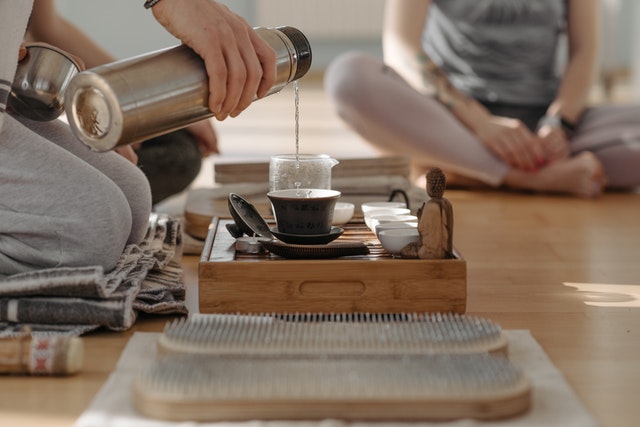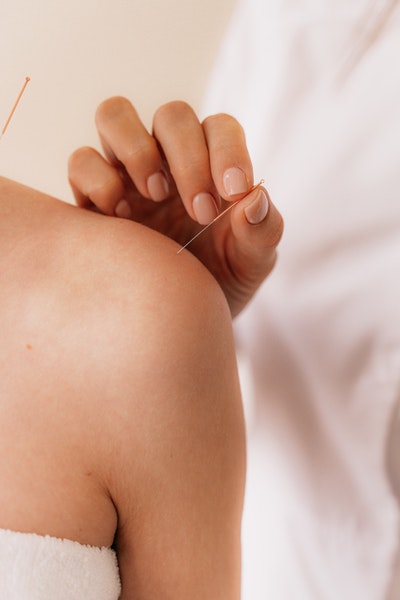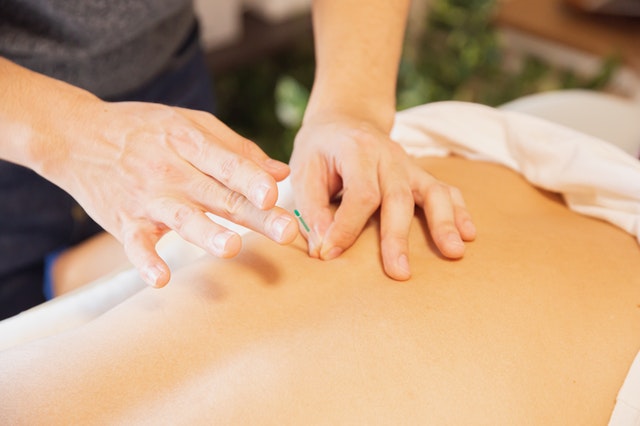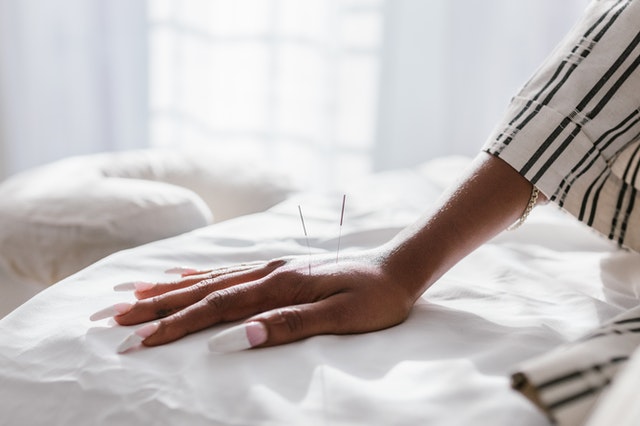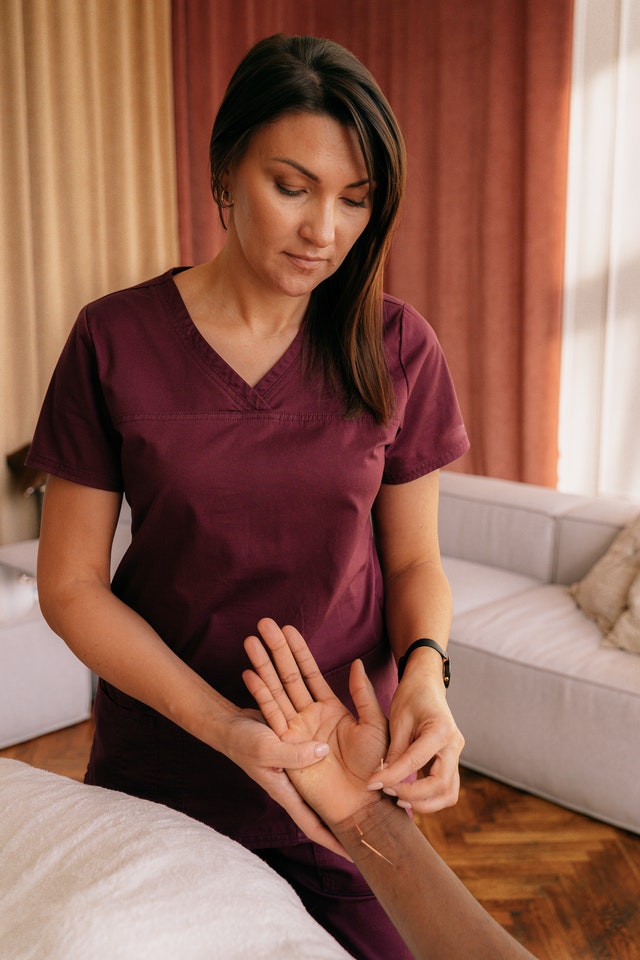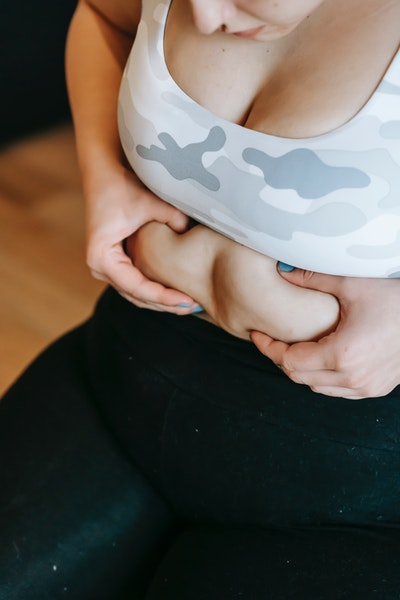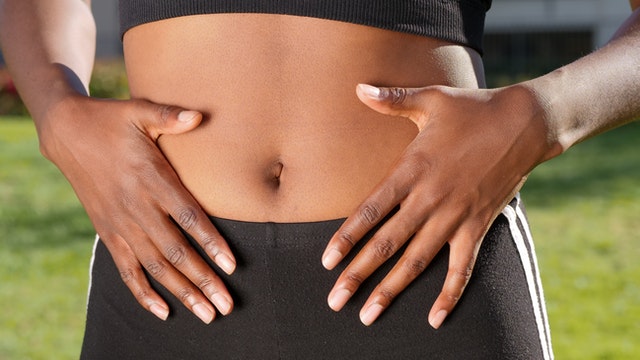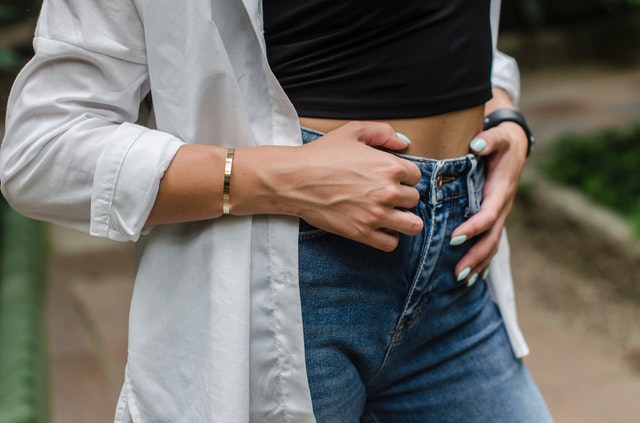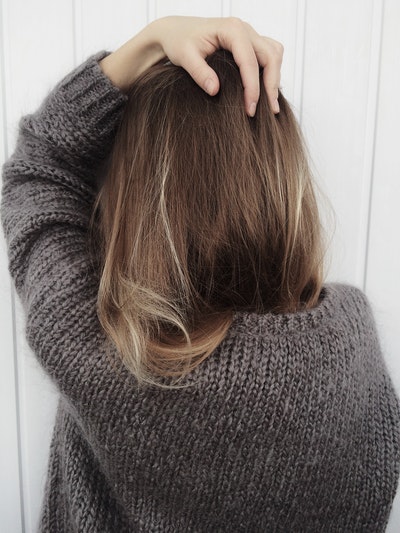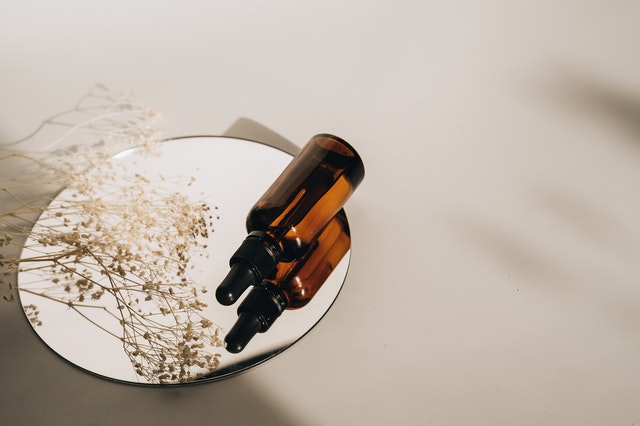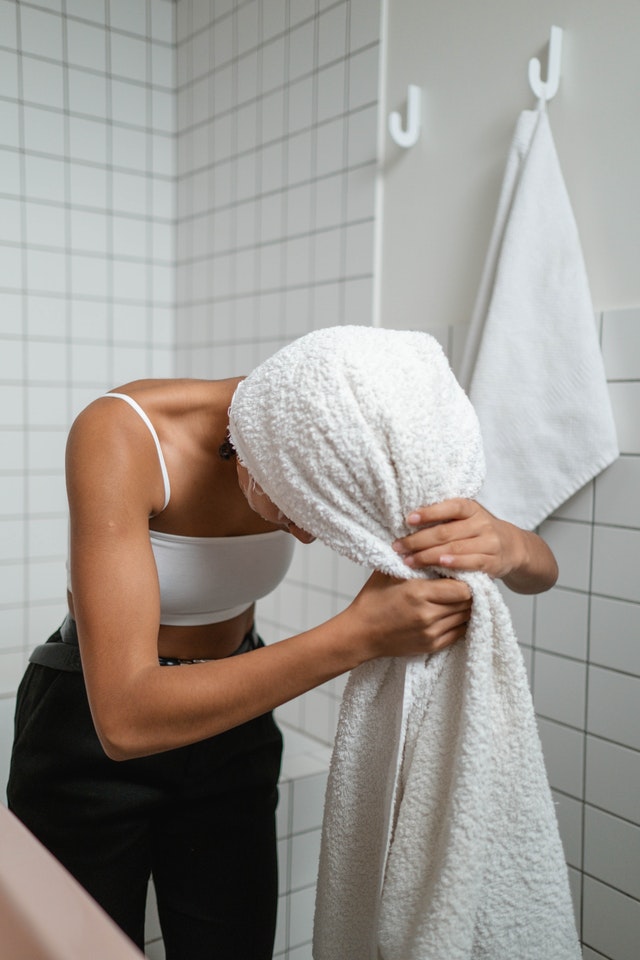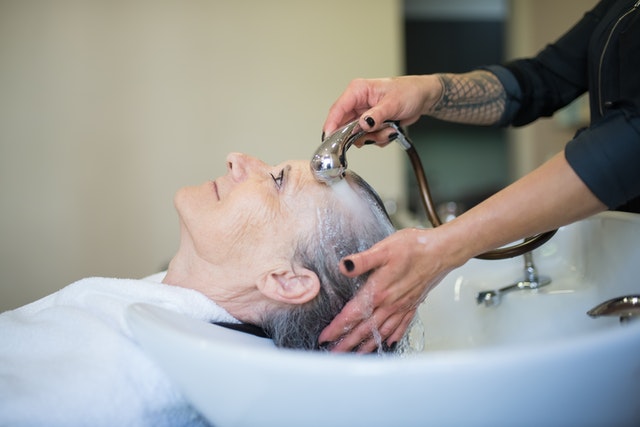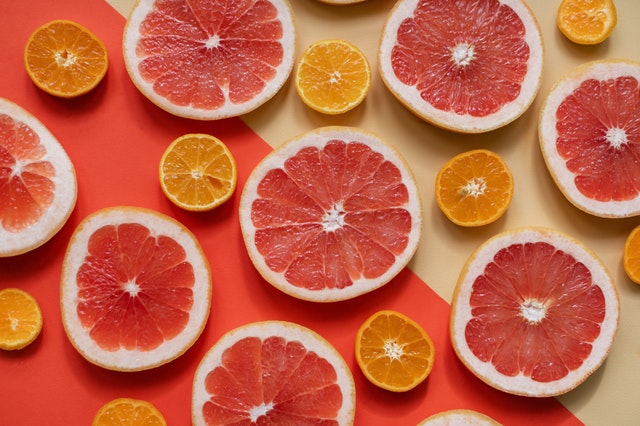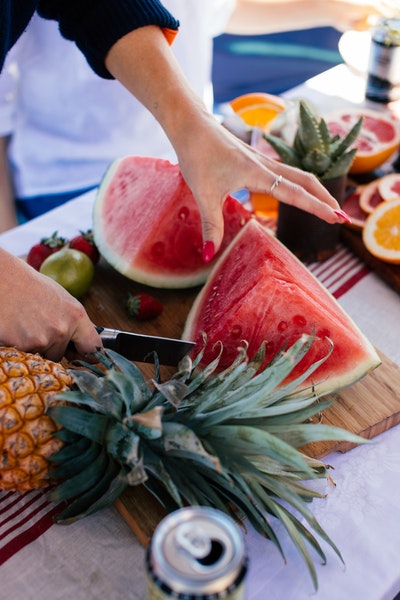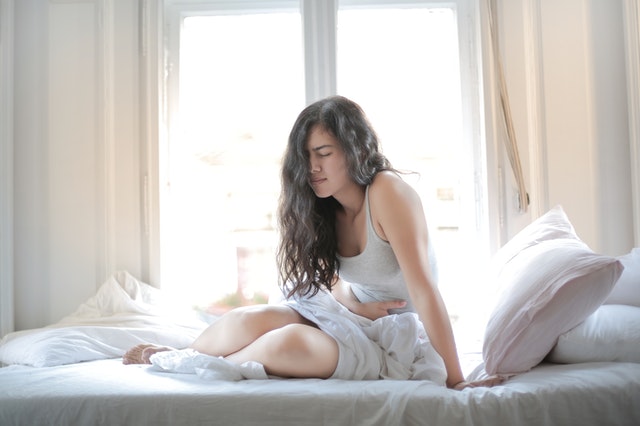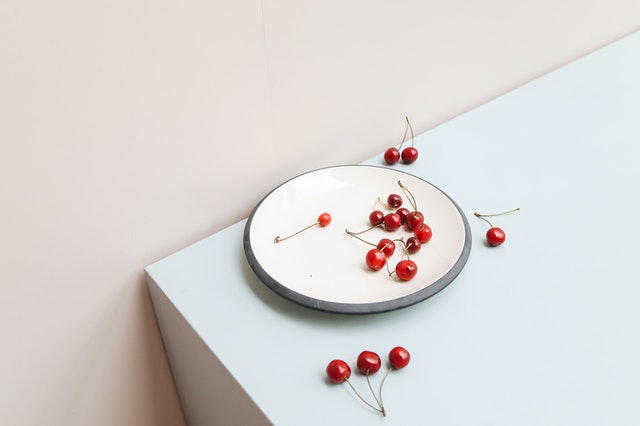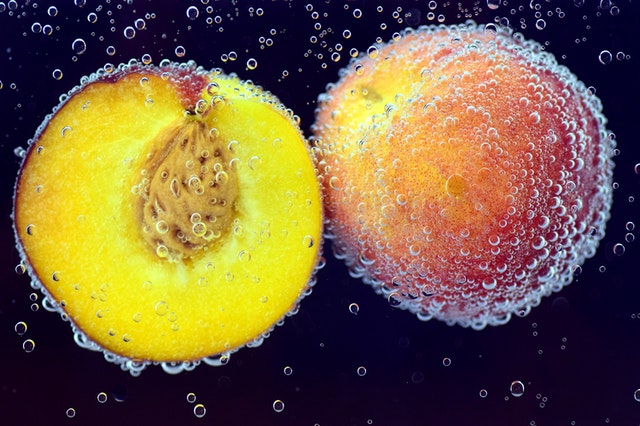When was the last time you jumped on a trampoline? Many adults have fond memories of playing around on large backyard trampolines, but as they get older, they seem to think there is no more room for a trampoline in their lives. Thankfully, there is always room to jump for joy.
Trampolines provide an excellent cardiovascular workout that is both healthy and fun. If you would like to revisit that childhood joy again, pick up a mini trampoline and take advantage of the many benefits of trampoline cardio.
1. Improved Bone Density
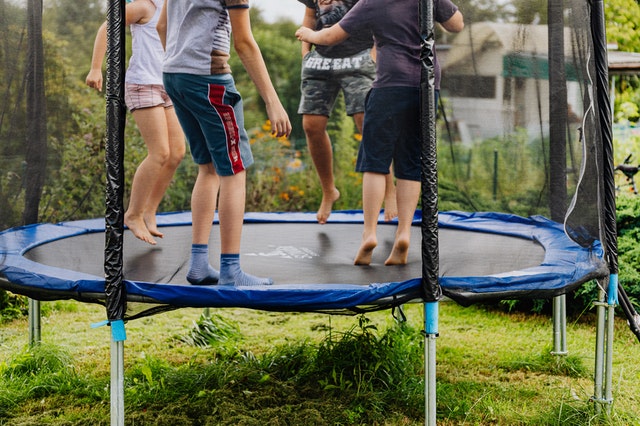
As people age, their bone density is not what it once was, making their bodies more fragile and injury-prone. Research proves that the bone density of competitive trampolinists is higher than others in their peer group.
While you might not become a competitive trampolinist, performing regular trampoline exercises can still improve your bone density in the spine and hip regions. Studies suggest that routine trampolining can also reduce the odds of developing osteoporosis.
2. Increased Strength

People often assume that a trampoline only uses the leg muscles because they associate jumping with the legs. However, a trampoline involves much more than just the lower half of the body.
A trampoline forces you to use the entire momentum of your body, which engages several muscle groups. When jumping on a trampoline, you use your legs, core, back, and more to maintain control and balance, allowing you to work out several areas at once.
3. Improved Core Strength

Trampolining is an exercise of rebounding or regaining balance and maintaining momentum. Several studies indicate that trampoline exercises relate to improved coordination, balance, and motor skills.
Additionally, as a trampoline is good for balance, the exercise focuses on the core muscles. By developing the core, people can better maintain their balance, which is beneficial to those who are more prone to falls, such as seniors.
4. Increased Heart Health

The heart is one of the most important muscles in the body, and cardio exercise is one of the only ways to work out this vital muscle. The trampoline provides an excellent low-impact solution to cardio exercise, especially for those who can no longer run.
If you choose to use the trampoline, you can improve your heart health. A trampoline workout can help lower your resting heart rate, triglyceride levels, and cholesterol levels.
5. Reduced Stress

One of the most essential aspects of sustained health is a stress-free life. Unfortunately, as most adults know, stress is a natural symptom of existence. Therefore, it becomes necessary to find ways to relieve stress.
Exercise is one of the most effective stress relief methods, so too is meditation and relaxation. However, did you know that jumping can also produce endorphins, helping to relax the body and increase joy?
Jumping on a trampoline is the literal interpretation of jumping for joy. The rebounding action of trampoline exercises results in the constant tensing and relaxing of muscles, releasing endorphins, and stretching the muscles. When the exercise is complete, your muscles are loose, and you feel relaxed.
The trampoline is one of the best cardio workouts, and it is fun. If you have not jumped for joy in a while, consider picking up a mini trampoline and getting started with some fundamental routines.


